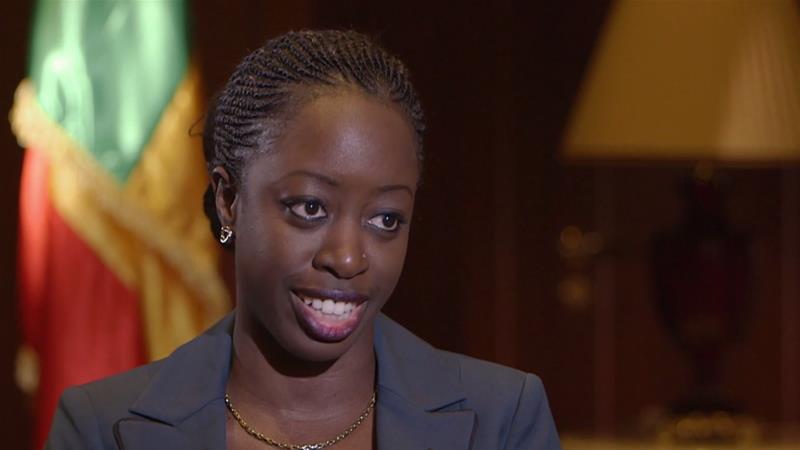Mali attack: Forces deployed as survivors recall killings
It was the second time this month that Dogon villages have come under attack by suspected ethnic Fulani gunmen.
The attackers behind the latest attack to have hit central Mali identified victims one by one before executing then, survivors have said.
Monday’s attack on the Gangafani and Yoro villages in the Mopti region was the last in a cycle of apparent tit-for-tat violence between the Dogon and Fulani communities.
At least 38 people were killed in the villages where survivors and officials say Fulani gunmen arrived by motorbike before attacking villagers in “revenge” for suspicions that they had collaborated with the Malian army.
Abdoulaye Goro, a security guard, had been travelling by truck to his father’s funeral near the two villages, when about 40 armed men intercepted the vehicle and forced the passengers into the bush.
“They did identity checks and they only looked for the people from Yoro and Gangafani, and all those who were from those two villages were set apart,” Goro said.
“They killed them in front of us, with rifles, and released us afterwards.”
The raids followed a massacre of dozens of people earlier this month in another Dogon village, Sobane Da.
That attack came months after suspected Dogon militiamen in late March killed more than 150 Fulani in two villages in central Mali, one of the worst acts of bloodshed in the country’s recent history.
Mali’s government said on Wednesday the army had dispatched a contingent to reinforce security and protect property in the Gangafani and Yoro villages, near the border with Burkina Faso.
The International Committee of the Red Cross (ICRC) called for restraint in order to end the “vicious circle of violence”.
“As our teams prepare to provide emergency assistance to the survivors of Sobane Da, we have learned that other villages in the Mopti region also suffered attacks, causing a large number of casualties,” Jean-Nicolas Marti, the ICRC head of delegation for Mali, said in a statement to Al Jazeera.
“We’ve now seen four major attacks since the beginning of the year, on top of daily violence. Our colleagues on the ground see an overwhelming amount of need and remain determined to support the victims of the violence, first and foremost through the provision of medical care.”
Ethnic tensions in central Mali surged after an armed group led by preacher Amadou Koufa emerged in 2015 and recruited mainly from among the Fulanis. Clashes increased with Dogons and Bambaras who formed their own self-defence militias.
President Ibrahim Boubacar Keita appealed for an end to revenge attacks after he visited the site of the Sobane Da massacre.
But despite military help from France and the United Nations, Mali’s government is struggling to calm violence that began in the north of the country in 2012, sparked by rebel fighters and Tuareg militias, while groups linked to al-Qaeda and the Islamic State of Iraq and the Levant (ISIL or ISIS) have used central and northern Mali as a launch pad for attacks across the Sahel region and stoke tensions among different communities.
Arrived by motorbike
During Monday’s attack, witness Goro said, the gunmen blamed inhabitants for having “cooperated” with the Malian and Burkinabe military about 15 days ago in a raid in the neighbouring town of Dinagourou.
At the local level, “there is a dispute between the people of Gangafani and Yoro against the Fulani,” Goro said.
“Our kidnappers were taking revenge,” the security guard said.
Local officials said the situation has calmed down, but residents were shocked how the gunmen were able to arrive en masse by motorbike even after the government imposed a ban on the vehicles as a way to tighten security.
“We need to strengthen security,” said Amidou Maiga, a local retired civil servant. “People are frightened.”
The UN peacekeeping mission in Mali, MINUSMA, said in May it had recorded nearly 500 deaths in attacks on Fulanis in the central regions of Mopti and Segou since January 2018.
Armed Fulanis caused 63 deaths among civilians in the Mopti region over the same period, it said.
The Fulanis are primarily cattle breeders and traders, while the Dogons and Bambara are traditionally sedentary farmers.
Talk to Al Jazeera
Mali FM Kamissa Camara on rebels, human rights and Sahel security
Source: Read Full Article




